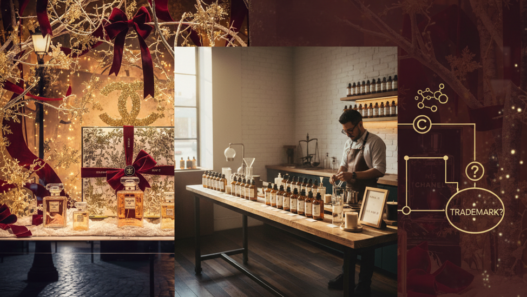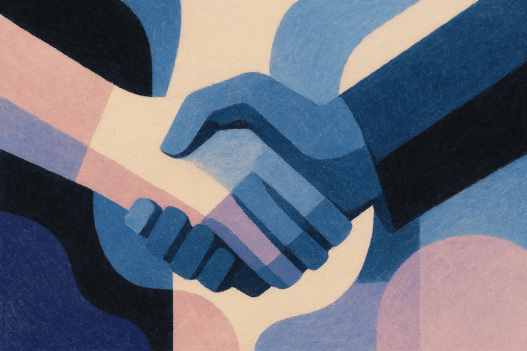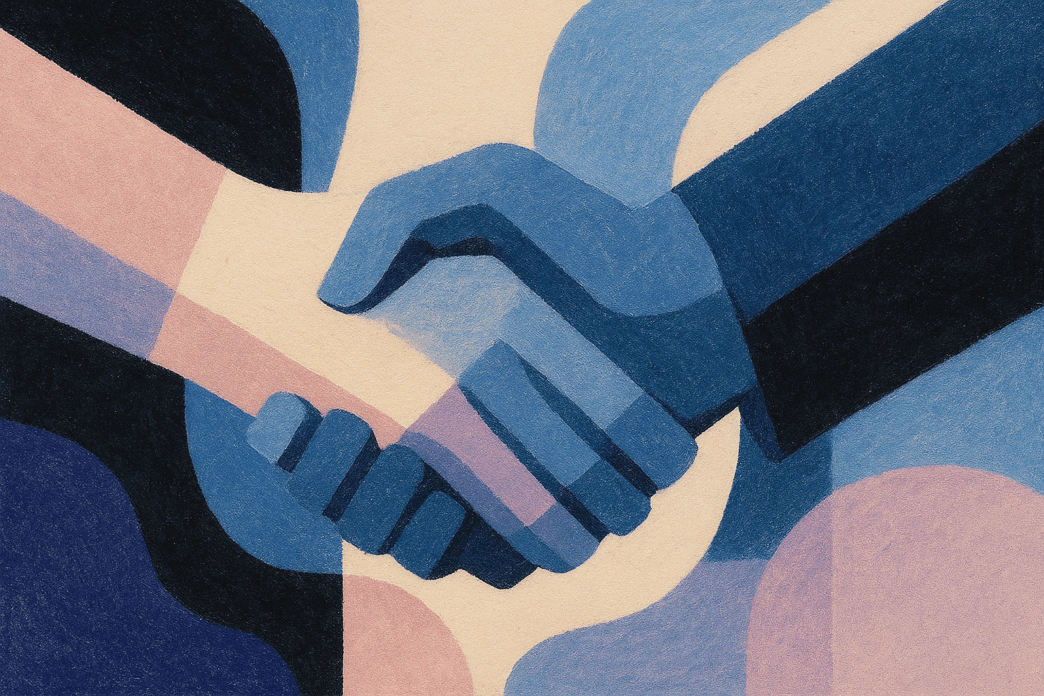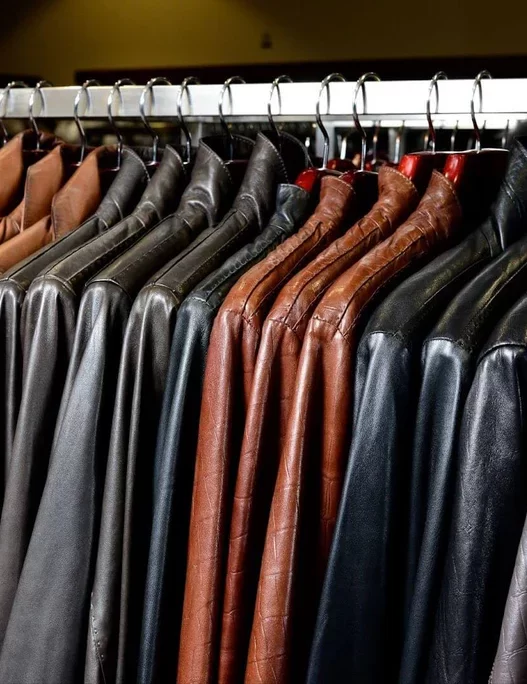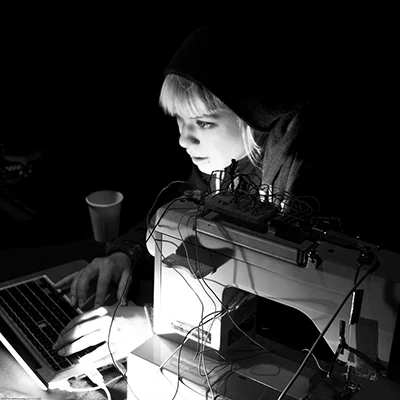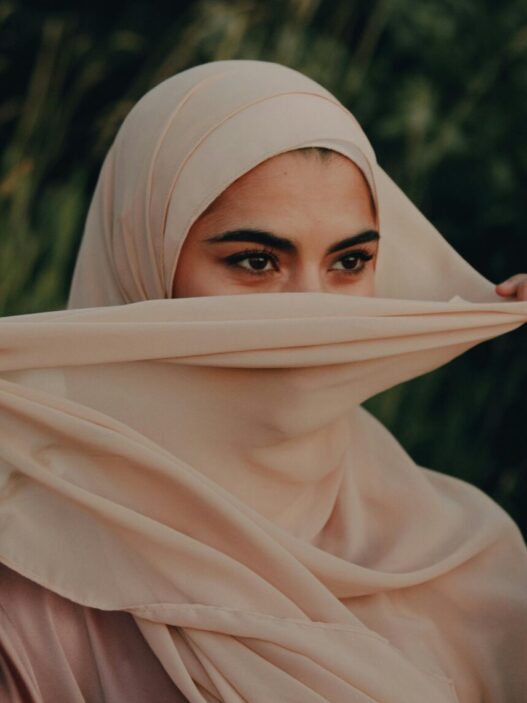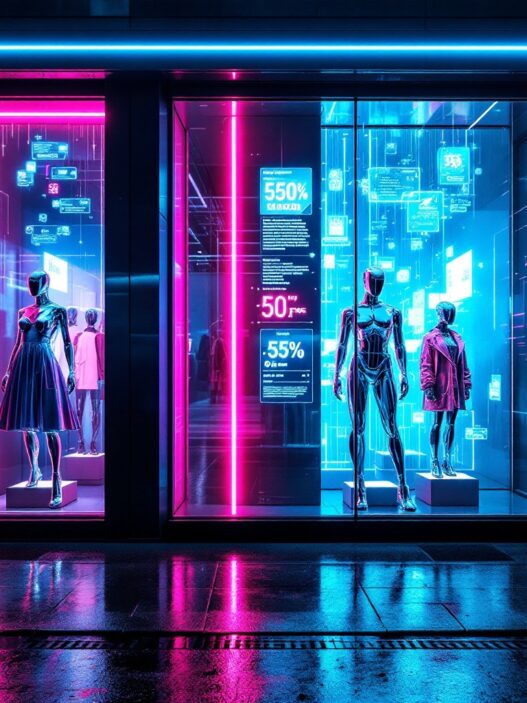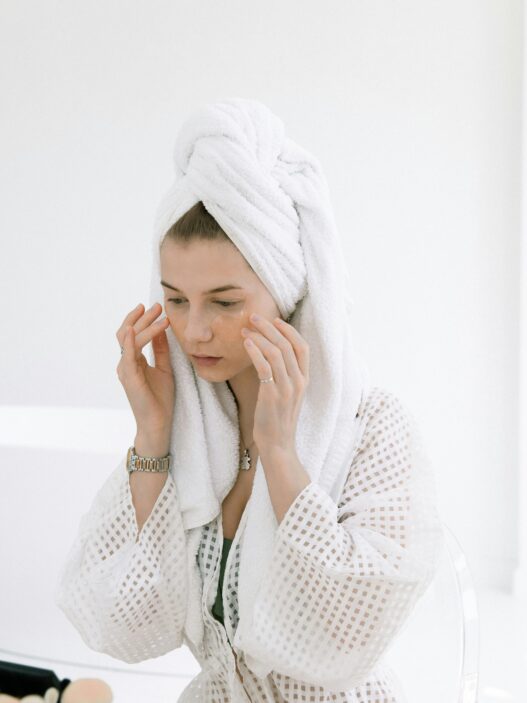The fashion industry’s landscape is, without a doubt, saturated with new brands, legacy brands, celebrity launches, local craftsmanship, and an endless cycle of fast fashion. In this arena, this Artist x Brand collaboration presents itself as a golden ticket to signal prestige, cultural relevance, and market expansion. However, when these two partners are misaligned, the risks are real: brand identity dissolves, reputations are harmed, and creativity is compromised. In recent years, we’ve come to see the rise of these collaborations with more than a few leaving us wondering, “What was the point?”. Let’s dive into the world of collaborations and explore the fine line between relevance and commercial shortcomings.
Why do brands collaborate with artists?
Seeing artist collaborations everywhere is no coincidence. Brands that collaborate with artists offer a unique way to stand out, tell compelling stories, reinforce brand values, and connect emotionally with their audience. It’s not just about aesthetics and the popularity of the artists; it’s about passing along a message and a mood to both parties’ supporters.
During the COVID-19 pandemic, the music industry was shaken, and many artists turned to brand partnerships as a new source of income. As a 2021 thesis by Veera Vento pointed out, with record sales down and tours on hold, collaborations became an essential source of revenue and a creative outlet.
The benefit isn’t one-sided. Brands gain access to an artist’s world, audience, and authenticity. When done right, it’s a win-win. These partnerships generate buzz, tap into cultural relevance, and sometimes even turn products into collector’s items. The latest issue of Vogue France for May 2025 featured a variety of examples, like pop star Ariana Grande modelling for the new Swarovski Idyllia collection or the iconic Beyoncé showcasing the wide-leg Levi’s jeans with the slogan “Beyoncé wears the ribcage wide leg”.
Artists bring something brands can’t manufacture: a unique voice and personality. According to Veera Vento, their brand, shaped by self-awareness and storytelling, becomes a bridge to new audiences and a transaction of knowledge. They help us uniquely understand the brand’s goal through an artist.
What makes a perfect match?
When a collaboration works, it appears effortless. This usually starts with alignment. The product and image being sold must be compatible with the artist and vice versa. If the values don’t match, the collab won’t either.
When brands pitch themselves to an artist, they present an opportunity for them to be creative and stay true to their brand. If this promise isn’t kept, and the brand micromanages the creative vision, the result is a lacklustre outcome. As Chelsea Pippin wrote in an article for Creative Boom, “There’s nothing worse than containing an artist’s creativity”. A successful project is where the brand sets the tone, and the artist is free to bring it to life in their way.
This is the case with actress Zendaya’s partnership with the sportswear brand On. It wasn’t just a famous ad, but an entire campaign designed around values, authenticity, and shared ambition to advocate for mental and physical well-being. Another notable win-win partnership is the collaboration between Takashi Murakami and Louis Vuitton, which presents a playful, bold, and creative line of classic LV items. This collaboration clearly shows that the artists were given the creative and artistic wheel on the project.
In addition, the best partnerships feel less like a transaction or a quick cash grab and more like a shared vision meant to be timeless. Short-term campaigns may bring attention, but long-term partnerships ensure a lasting impact that is remembered.
The risks and failures in artist-brand collabs
When a brand and artist collaborate, they enter a relationship where compromise, commitment, and open communication are essential. But when the chemistry is off, the results will raise eyebrows.
- Brand Dilution
While finding new ways to stand out is key to a brand’s success, it can sometimes lead brands into trouble. Gucci’s Mickey Mouse collection, or its Kawaii-inspired line, was intended to evoke a youthful and creative feel; however, many fans found it tacky and childish. According to a 2023 study by marketing scholars Carlos Diaz Ruiz and Angela Cruz, these collaborations can lose impact when the hype is short-lived and becomes empty of meaning and style.
- Reputational Damage
The Adidas X Kanye West collaboration is a first-hand reference for a partnership that quickly spiralled into a liability for the brand. West’s behaviour and antisemitic comments crossed lines, causing reputational harm to the brand’s identity.
- Artist Suppression
Even when the duo works together, taking too much control of an artist can never end well. A popular example is Madonna’s 1989 ad with Pepsi. After the artist released her music video for “Like a Prayer” with provocative religious scenes, Pepsi faced backlash and pulled the ad that was supposed to feature her new song. Madonna refused to alter her artistic vision.
This incident proves the importance of granting artistic freedom to the voice they choose to amplify.
- Cultural Missteps
The fashion house Dior faced accusations of cultural insensitivity while collaborating with fashion photographer Chen Man for a Dior fashion exhibition in Shanghai. The photograph portrayed Western stereotypes of Asian women, sparking criticism of the brand. When a brand and the artist involved don’t fully understand the cultural landscape they’re working in, both reputations are put at risk.
Artist-brand collaborations create powerful cultural moments. They are a gateway to uniqueness, helping brands compete while turning commerce into a canvas for the creative mind. However, when brands overlook what truly makes these projects meaningful, the results can have the opposite effect, leaving the audience confused and disconnected. A successful collaboration isn’t about instant hype but about letting artists do what they do best: storytelling, performing, and creating.
Sources :
(1) Vogue France Edition May 2025
(2) Vento, V. (2021). Brand collaboration between artists and companies (Bachelor’s thesis, Karelia University of Applied Sciences). Thesis.
(3) Diaz Ruiz, C., & Cruz, A. G. B. (2023). Unconventional luxury brand collaborations: A new form of luxury consumption among young adults in China. International Marketing Review, 40(7), 1–21.
(4) Walsh, K. (2015). Fashion and art collaborations: The benefits for both brands in a designer x artist brand alliance (Master’s thesis, Sotheby’s Institute of Art).
(5) NoGood. (2025, March 21). The pros and cons of celebrity brand partnerships.
(6) Creative Boom. (n.d.). What makes a great brand and artist collaboration? Creative Boom.
(7) Paton, E., & Yeginsu, C. (2023, October 27). Adidas ends partnership with Kanye West over antisemitic remarks. The New York Times.
(8) (9) Louis Vuitton. (n.d.). Louis Vuitton x Takashi Murakami. Baron, Z. (2023, October 6). Madonna, Pepsi, “Like a Prayer,” and the music video that rewired pop capitalism. Vanity Fair.
(10) Shen, L. (2021, November 25). Chinese fashion photographer apologizes after backlash over Dior work. NBC News.



